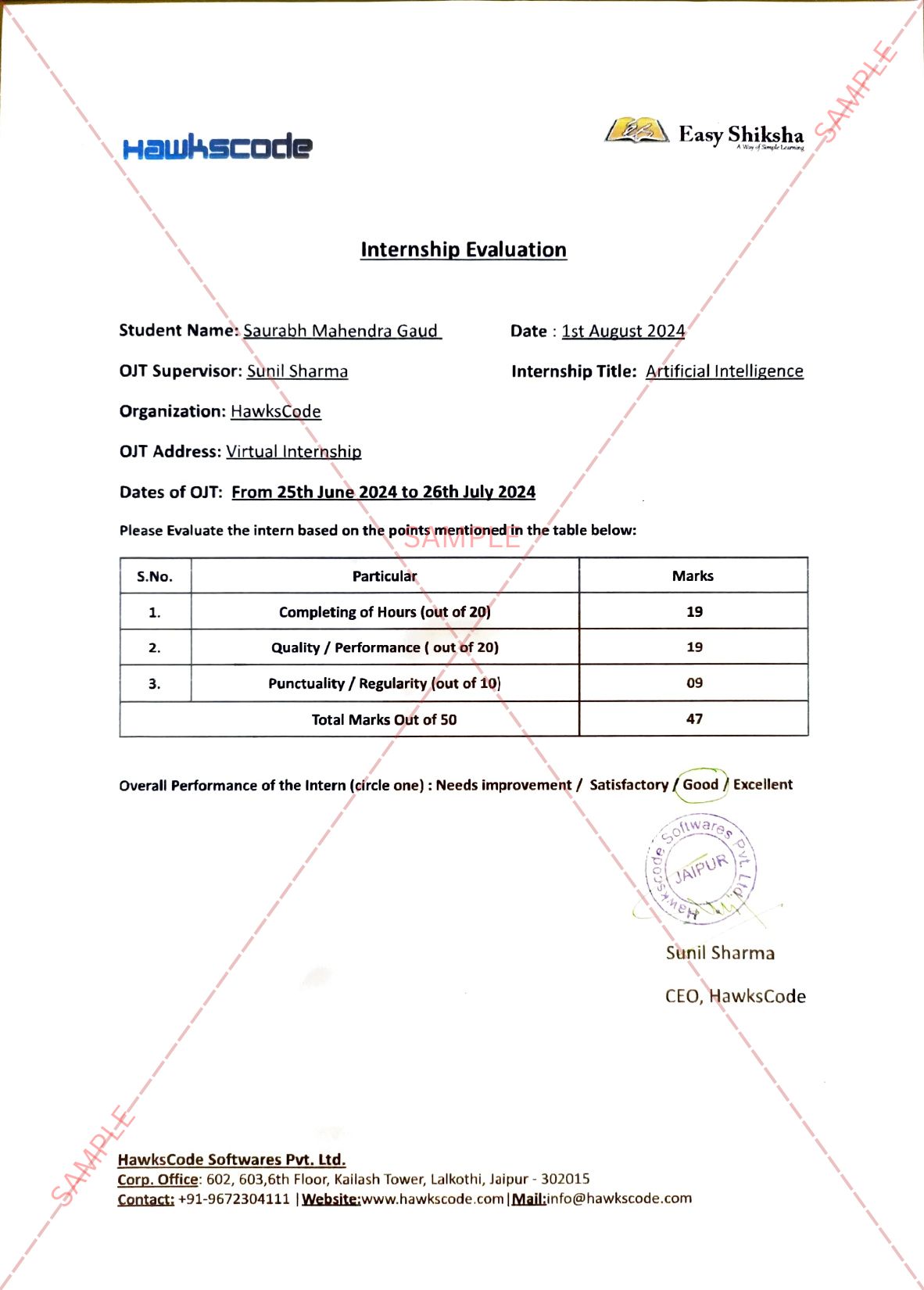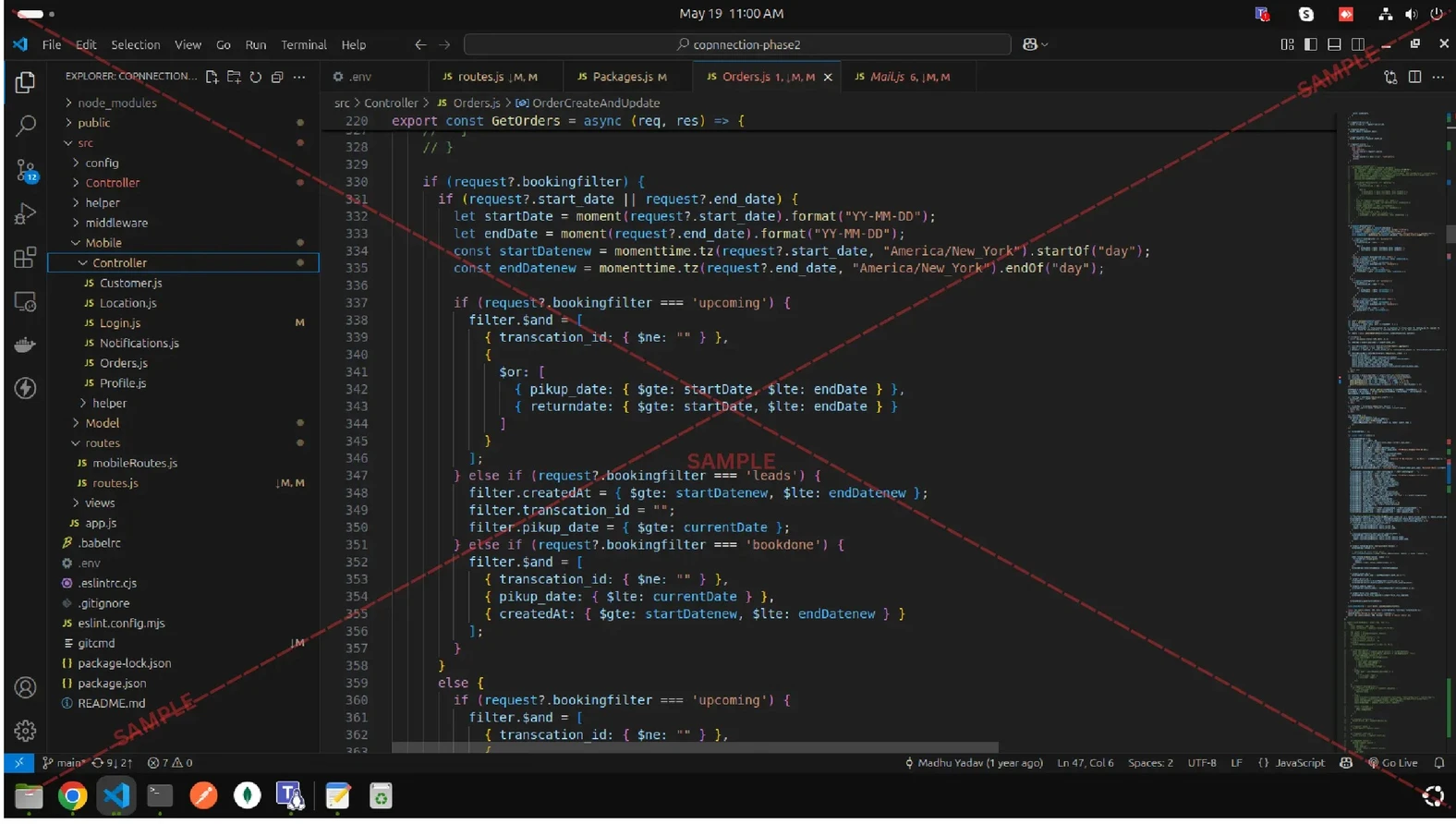










By Dr. Keni Ravish Rajiv, Consultant, Neurologist and Epileptologist, Aster RV Hospital
International Epilepsy Day is a worldwide event celebrated on the 2nd Monday of February every year is an initiative taken up by the International Bureau for Epilepsy (IBE) and the International League against Epilepsy (ILAE) in order to raise awareness on epilepsy. It is close to the celebration of Valentine’s Day and interestingly, it is a commonly held belief that St. Valentine had epilepsy. IBE and ILAE has representation in more than 120 countries and this is a powerful opportunity to highlight the problems faced by people with epilepsy, their families and carers, in every region of the world. The common thread is the desire to bring to the attention of the public, professionals, and governments the need for better awareness and understanding, appropriate legislation, improved diagnostic and treatment services, and increased research to better the lives of all those affected by epilepsy around the world.
What are the signs and symptoms of Epilepsy?
Recurrent seizures are the major symptom of epilepsy. However depending on the kind of seizure, the symptoms may be different for each person. In case you observe any of the following symptoms in a person, particularly if they continue to occur, it is a must to see a doctor. These are as follows:
What are the various causes for Epilepsy?
In most cases – about 50% - there is no known or apparent cause of epilepsy. Various conditions that have an impact on the brain can lead to the development of seizures. While some individuals could be genetically prone to developing epilepsy, some infections such as viral encephalitis, worm infestation, tuberculosis, or traumatic head injury, brain tumours, prenatal injury can increase the risk of epilepsy.
Is there a cure for Epilepsy?
At the moment there is no definite cure for most types of epilepsy, however treatment options which range from medication to surgery are effective at managing the condition and in most cases can stop the seizures from reoccurring. With the right treatment, most people, about 75% people with epilepsy can lead a normal seizure-free life and 20-30% of persons with epilepsy PWE have spontaneous remission of seizures without treatment.
What is the treatment gap for epilepsy in India?
India unfortunately has a large magnitude of treatment gap, ranging from about 22% in the urban middle class population and more so in villages, about 90%. This is because of a cluster of reasons, including inadequate access to or awareness of anti-epilepsy medications, low income, stigma and cultural beliefs associated with epilepsy, insufficient health infrastructure and a shortage of professionals trained in epileptology, inequitable distributions of available resources in rural areas and high cost of treatment.
What are the important aims of celebrating International Epilepsy day?
International Epilepsy Day was created with the motive to promote the right laws to assure that the human rights of people suffering from epilepsy are maintained and to empower such individuals to receive the best quality of life. The following messages must be reiterated –
More News Click Here

Discover thousands of colleges and courses, enhance skills with online courses and internships, explore career alternatives, and stay updated with the latest educational news..

Gain high-quality, filtered student leads, prominent homepage ads, top search ranking, and a separate website. Let us actively enhance your brand awareness.